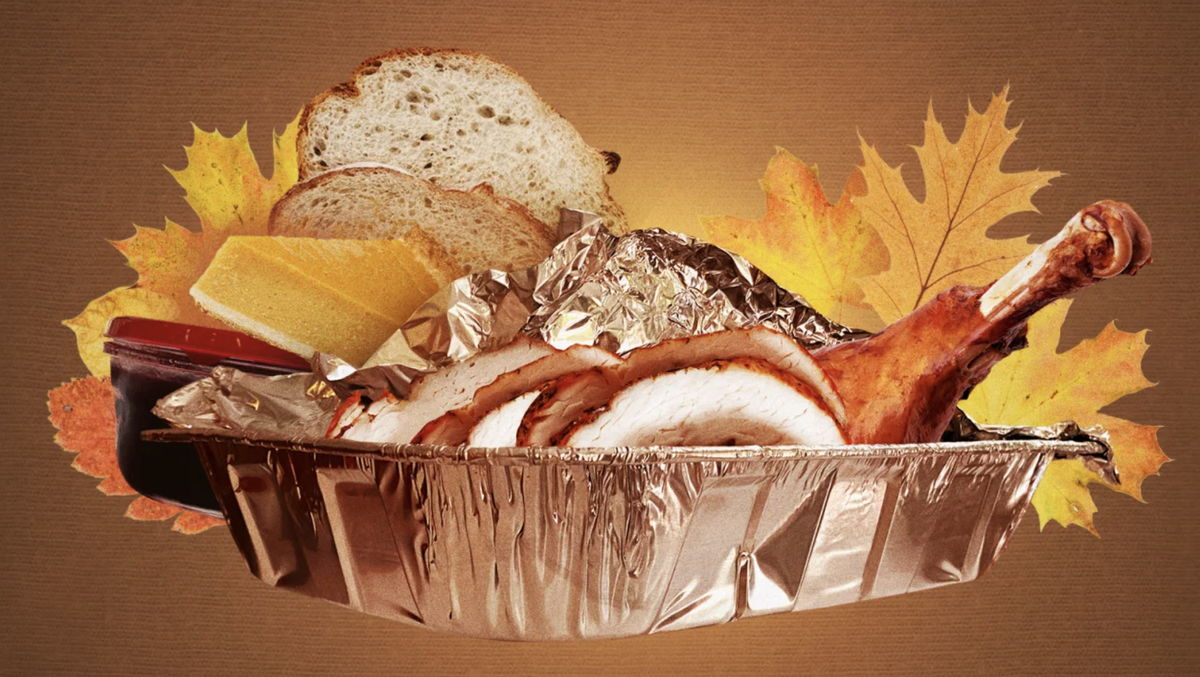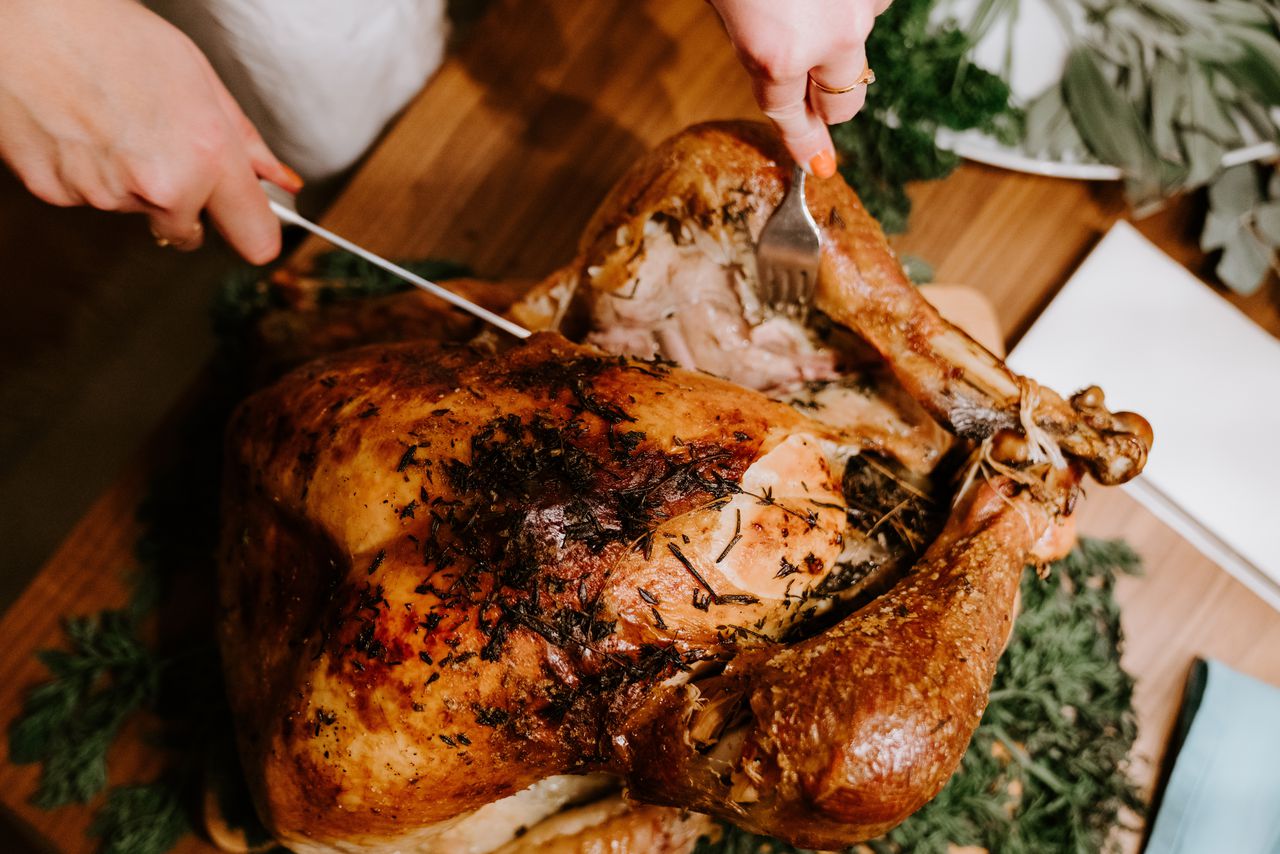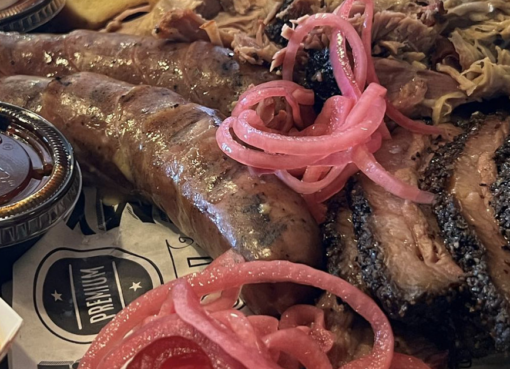The Most Effective Method to Reheat Your Thanksgiving Leftovers

A Fresh Look at Leftovers
Leftovers are an inevitable part of life unless you cook every meal from scratch daily. Personally, I find leftovers a welcome break from the daily grind of meal preparation. Embracing the “cook once, eat twice” philosophy, I include this strategy in my meal plan coaching program.
However, for many, the term “leftovers” conjures images of soggy vegetables and tasteless morsels. These unwanted meals contribute significantly to food waste, with the US discarding around 20% of cooked food yearly, as per a recent study.
So how can we improve our perception of leftovers? After interacting with several home cooks, I’ve discovered the secret lies in how we reheat food. Here are some strategies for rejuvenating leftovers, ensuring they taste as good as fresh.
Why Microwaving Isn’t Always the Best Option
Most people’s go-to method for reheating leftovers is the microwave. However, this appliance isn’t always the best choice for preserving food’s taste and texture. Microwaves use a unique set of rules for heating food, which can sometimes leave food soggy or rubbery, according to Margot Vigeant, a chemical engineering professor at Pennsylvania’s Bucknell University.
Microwave heating lacks the capacity to produce the Maillard reaction, which gives food a delicious caramelized effect when cooked at high temperatures. This reaction is why pizza reheated in the microwave often ends up with a soggy crust that lacks the original crispiness.
Instead of resorting to the microwave, it can be more satisfying to reheat food using a method that mimics the original cooking technique.
Try a Toaster Oven, Air Fryer, or Skillet
While toaster ovens, air fryers, and skillets may take longer to reheat food, they often produce better results. Modern toaster ovens, or countertop ovens as they are also known, can reheat food faster and offer multiple cooking options, such as convection cooking or air frying.
These appliances can breathe new life into leftovers, preserving the juiciness of proteins, reviving crunchy textures, and ensuring that cheese melts evenly. I often use my countertop oven for reheating our family meals, and for foods like pasta, curries, and stir-fries, I prefer using my skillets.
Adding a splash of water or broth can help restore the saucy texture of certain dishes when reheating in a skillet. However, avoid adding water when reheating breaded foods—instead, pan-fry them in a small amount of oil to rejuvenate their crispy coating.
When to Use the Microwave
Certain foods are well-suited for reheating in the microwave, such as soups, stews, and vegetables. Microwaves can also effectively restore the creamy texture of refrigerated starchy foods like rice or potatoes.
Never Forget your Leftovers
To prevent leftovers from being forgotten and wasted, it’s crucial to have a basic meal plan. This could be as simple as maintaining a list on the fridge or a calendar for meal planning.
Leftovers offer a chance to take a break from cooking without sacrificing a meal. They represent the perfect example of working smarter, not harder in the kitchen, so take advantage of them!
Casey Barber is a food writer, artist, and editor of the website Good Food Stories.
—
Read More Pennsylvania News



Leave a Comment